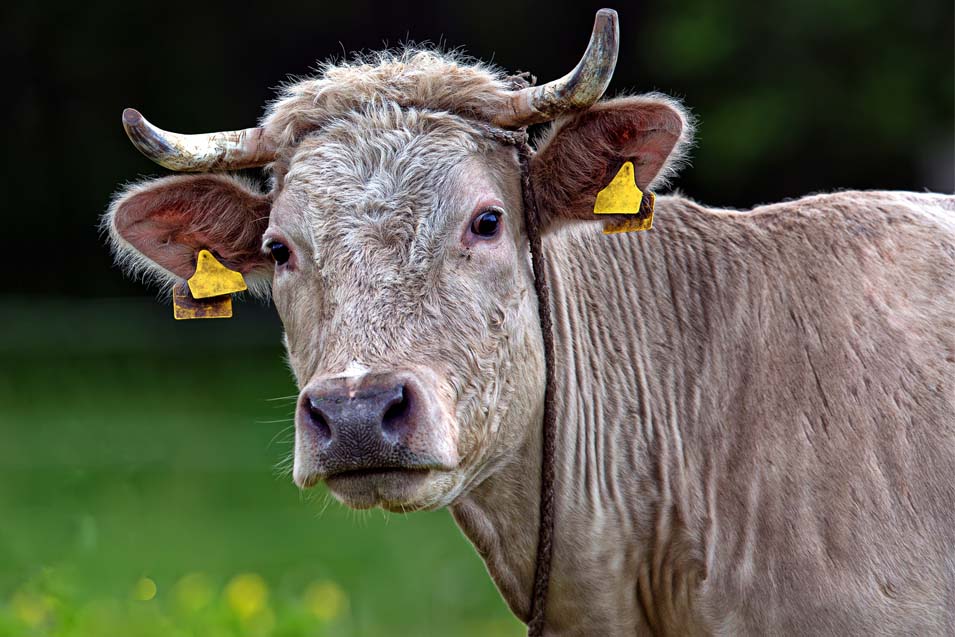
If you’ve ever spent a day eating ice cream at the local dairy farm or walking through the animal pens at the county fair, you’ve probably noticed that most of the cows have tiny, colored rectangles dangling from their floppy ears.
Wondering what that’s all about? Spoiler alert: they’re not earring and they’re not just for show. They’re called cattle ear tags and, small though they may be, they actually play a crucial role in running a successful farm.
What They Are
Cattle tags come in all different shapes and sizes, but they are usually made of either metal or plastic. They are affixed to the cow’s ear much like a piercing, with a special applicator used to create a small hole in the animal’s excess cartilage with minimum discomfort. Through this hole, the two ends of the tag can be clipped together.
One of the drawbacks to using cattle ear tags as a form of livestock identification is that, in certain conditions, clips can come loose and get lost. On the plus side, however, tags can be visually read from a distance, meaning that farmers can keep track of their animals without getting up close. Clips are also considered a more humane alternative to other ID methods such as branding, tattooing, and notching.
How They Work
Depending on the size of the farm and how many animals the owner has to keep track of, cattle tags may be used in relatively simple ways or more advanced ways.
For smaller herds, a farmer may mark the tag by hand, using a stamp or permanent marker to identify the tagged cow with a basic identification number, which sometimes is no more than just a one or two digit number. For larger herds, a farmer may prefer to engrave the tags and may use a scannable barcode in addition to or in place of a traditional ID number.
The Different Kinds
Cattle ear tags have been used reliably by farmers of all kinds for many, many years. That isn’t likely to change any time soon, either, as they offer a lot of versatility for technological enhancement. For instance, while basic stamped or engraved tags are still very prominent, tags that incorporate RFID and GPS capabilities are becoming increasingly popular.
Tags with GPS technology allow farmers to keep track of their cows even when the animals wander off and get lost. It also allows them to find individual cows more easily within the herd or when they’re grazing. RFID-enabled tags offer similar benefits, including the ability to store and update detailed records of an animal’s weight, productivity, and medical history. So helpful are RFID tags, in fact, that they are quickly becoming the USDA standard.





